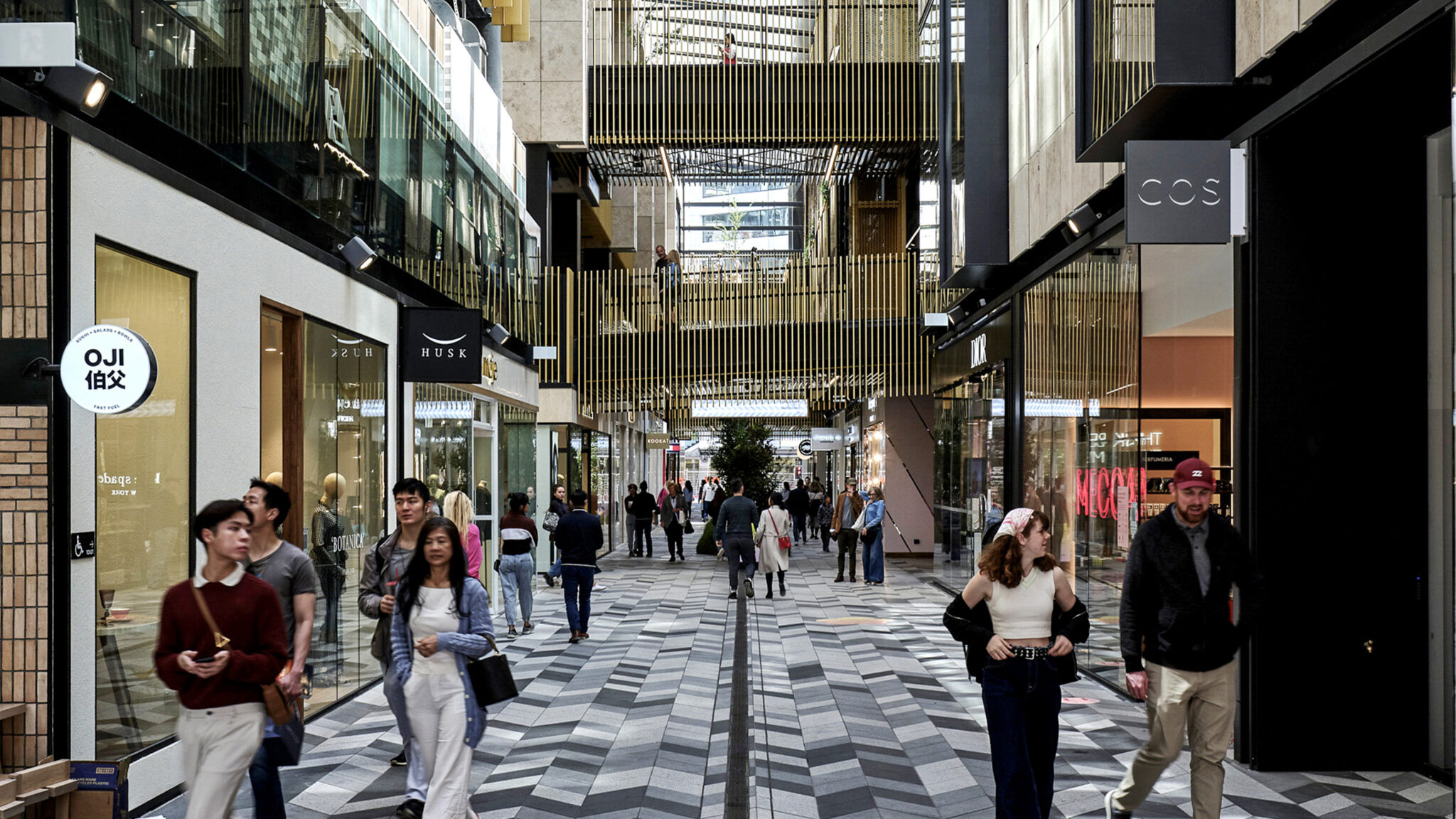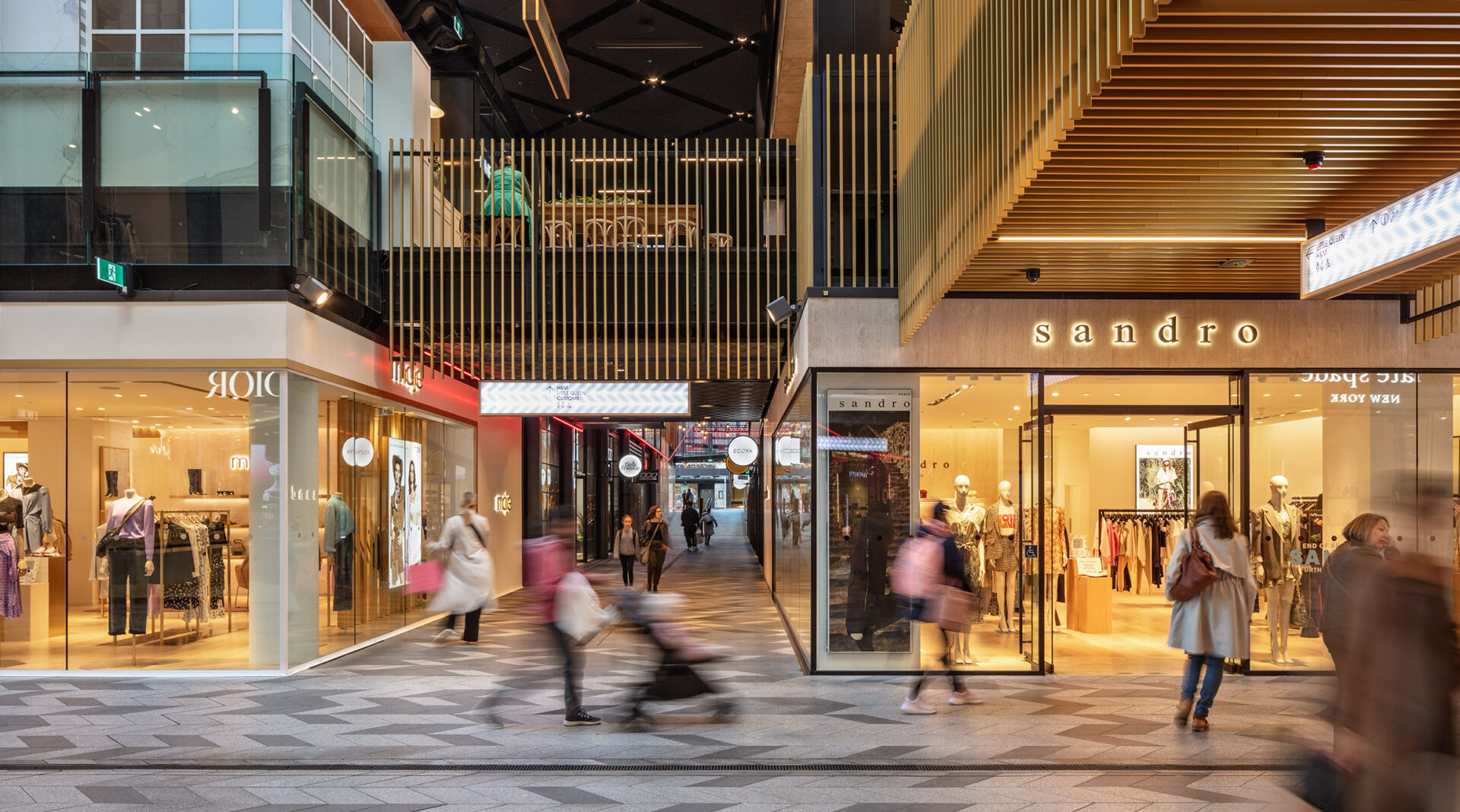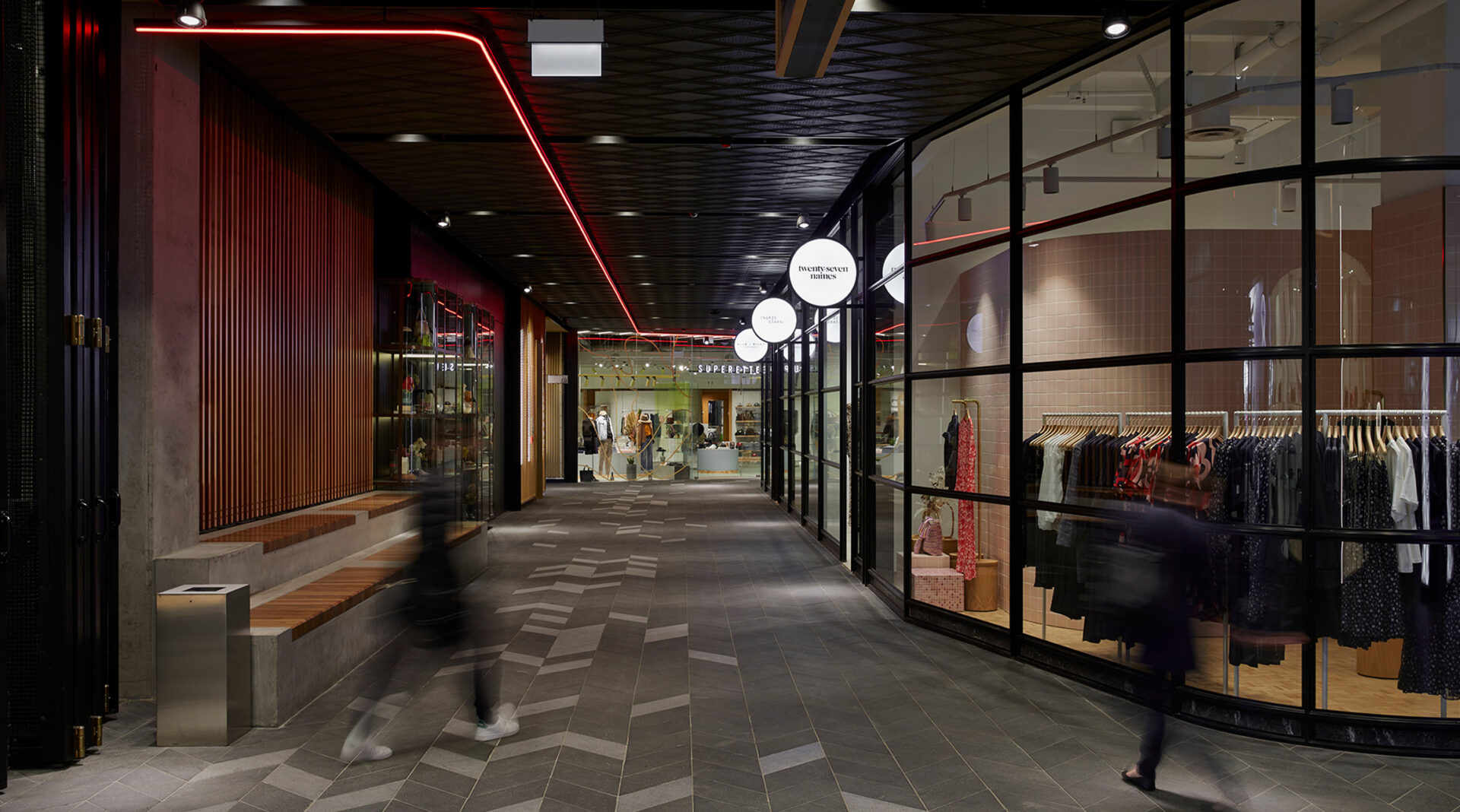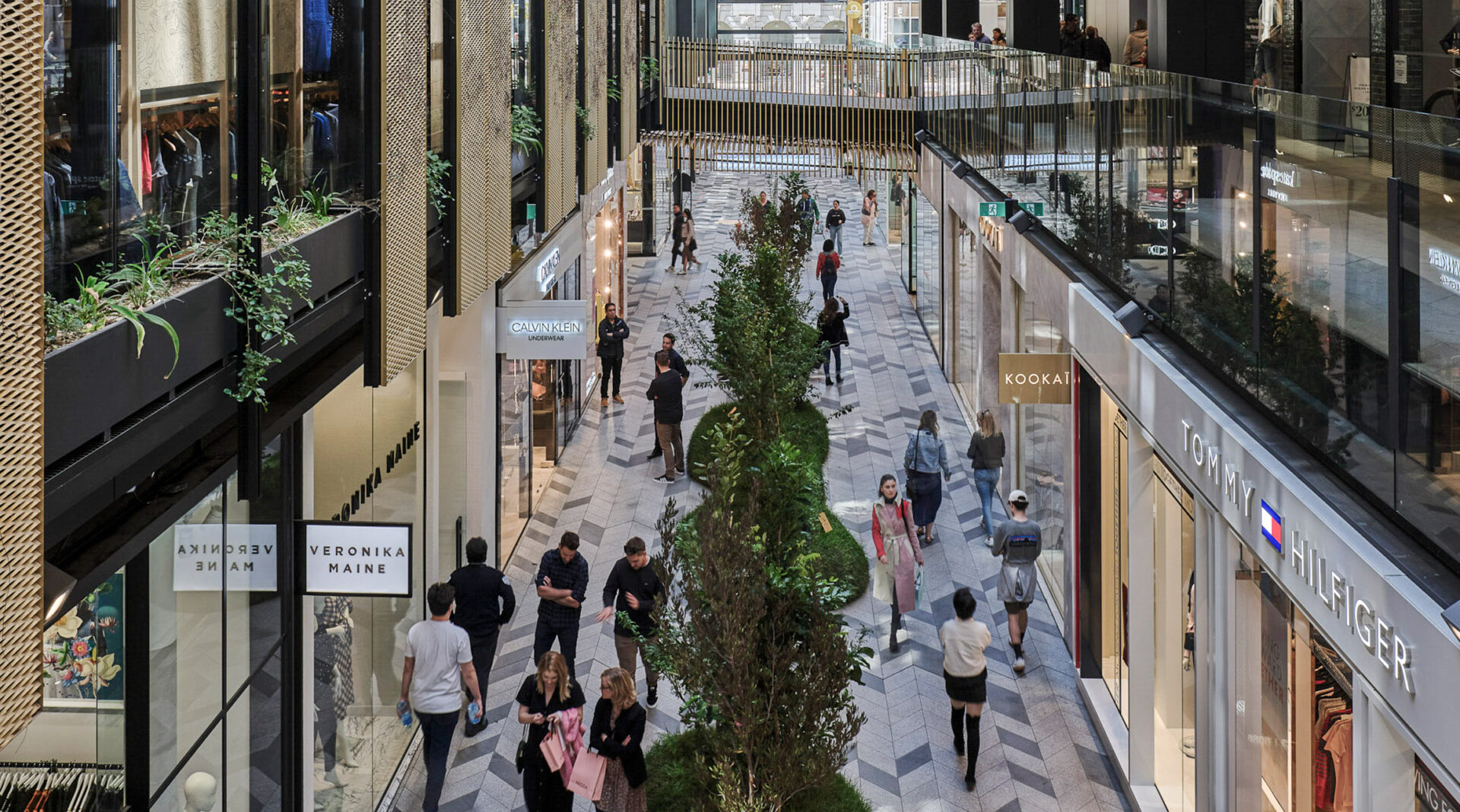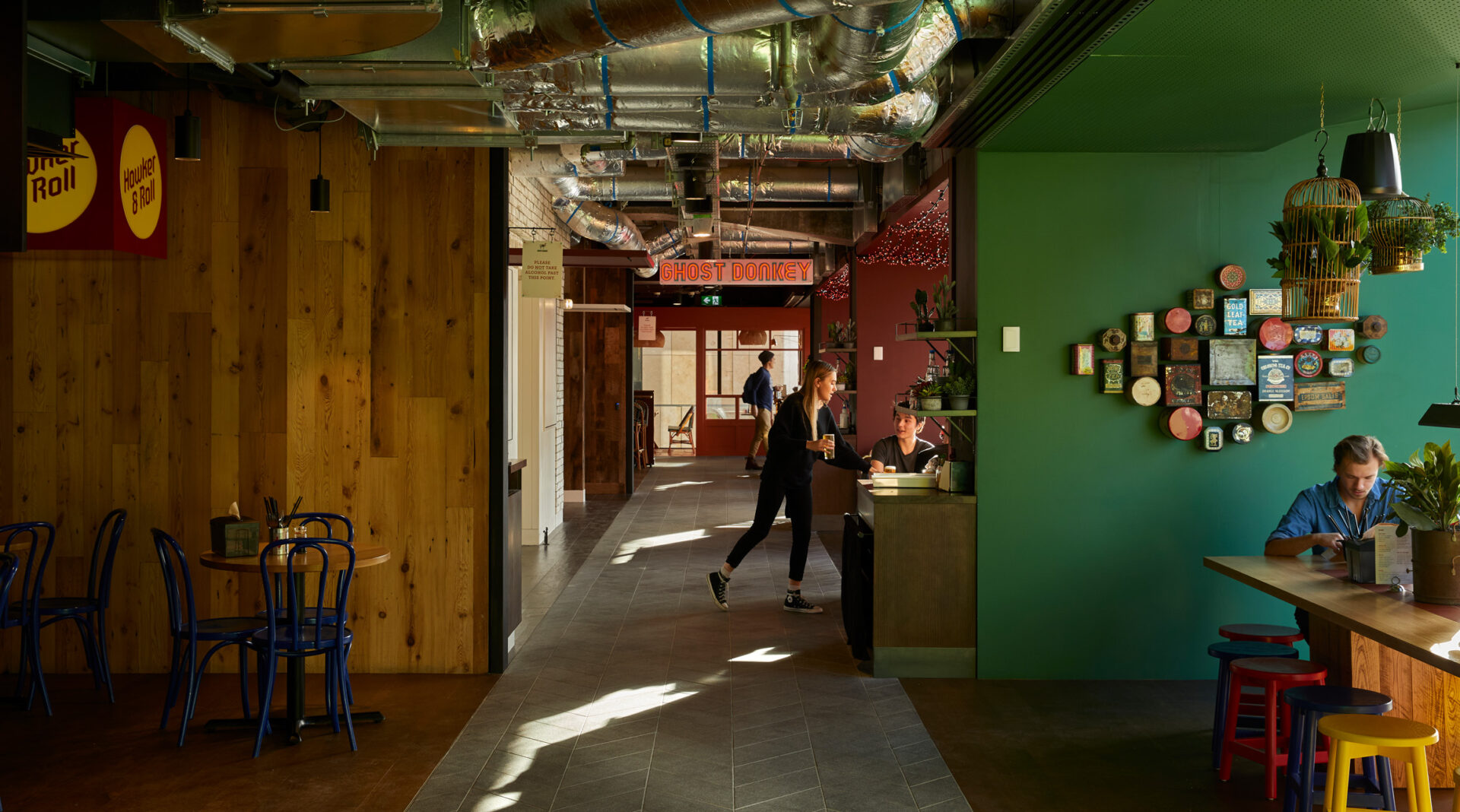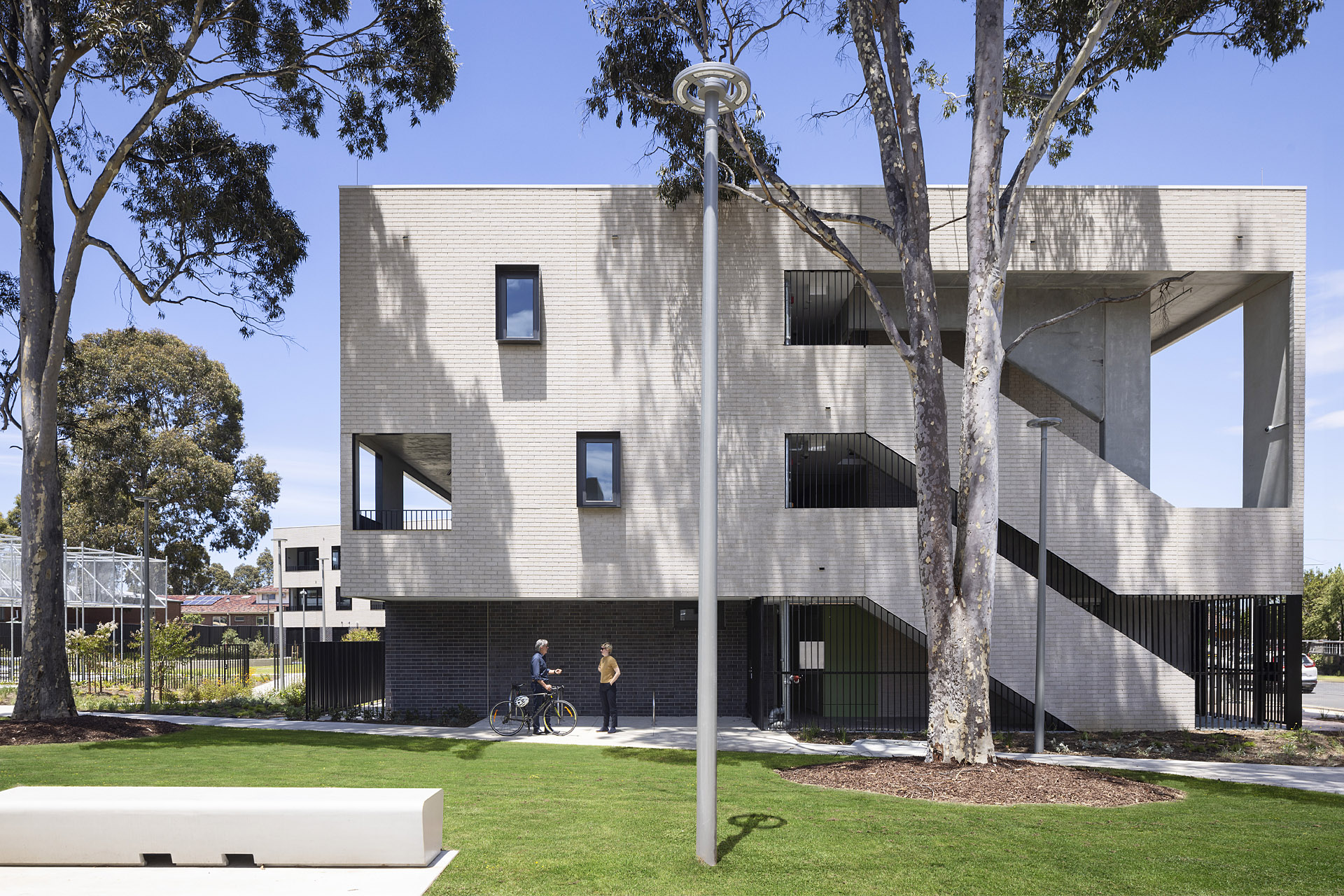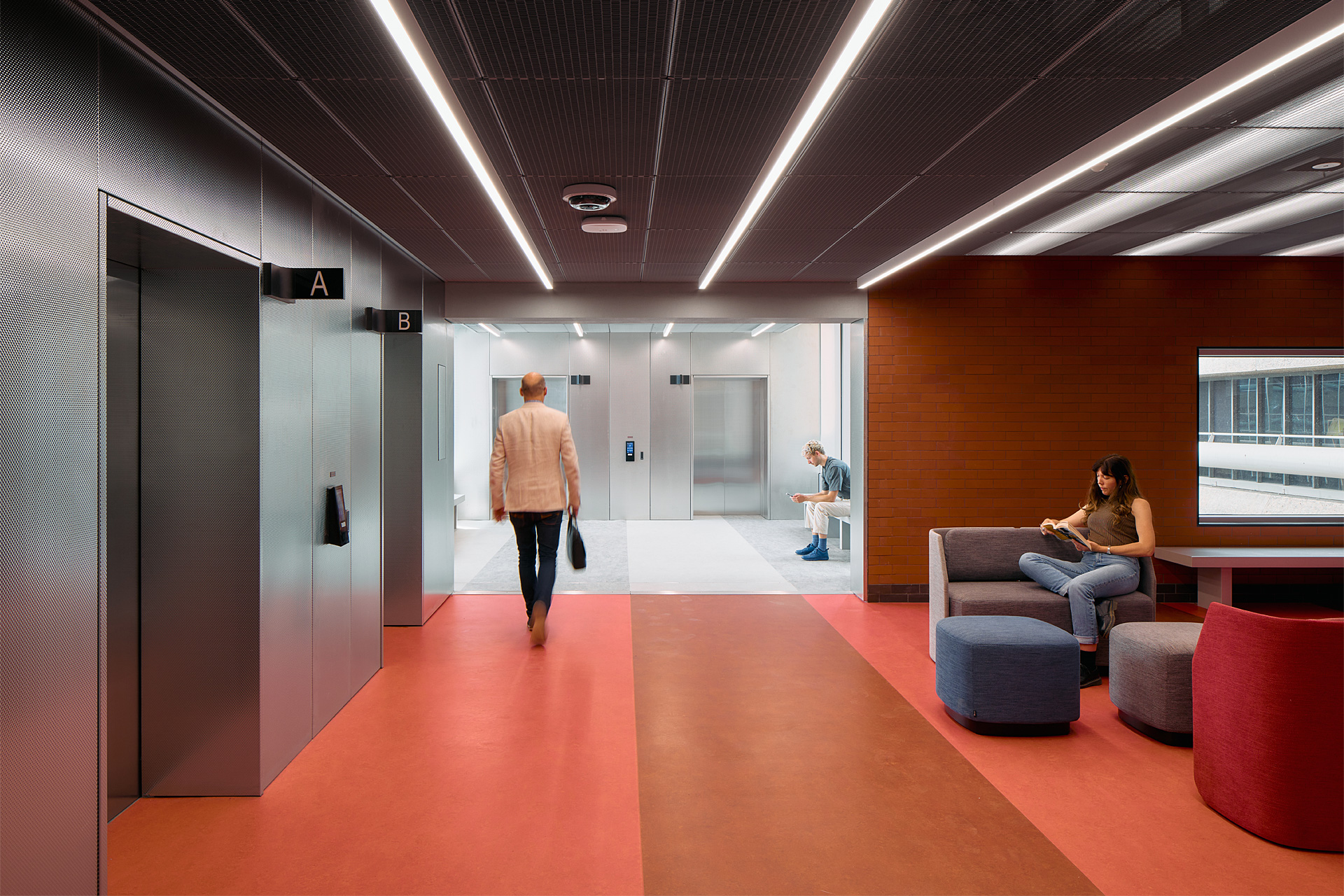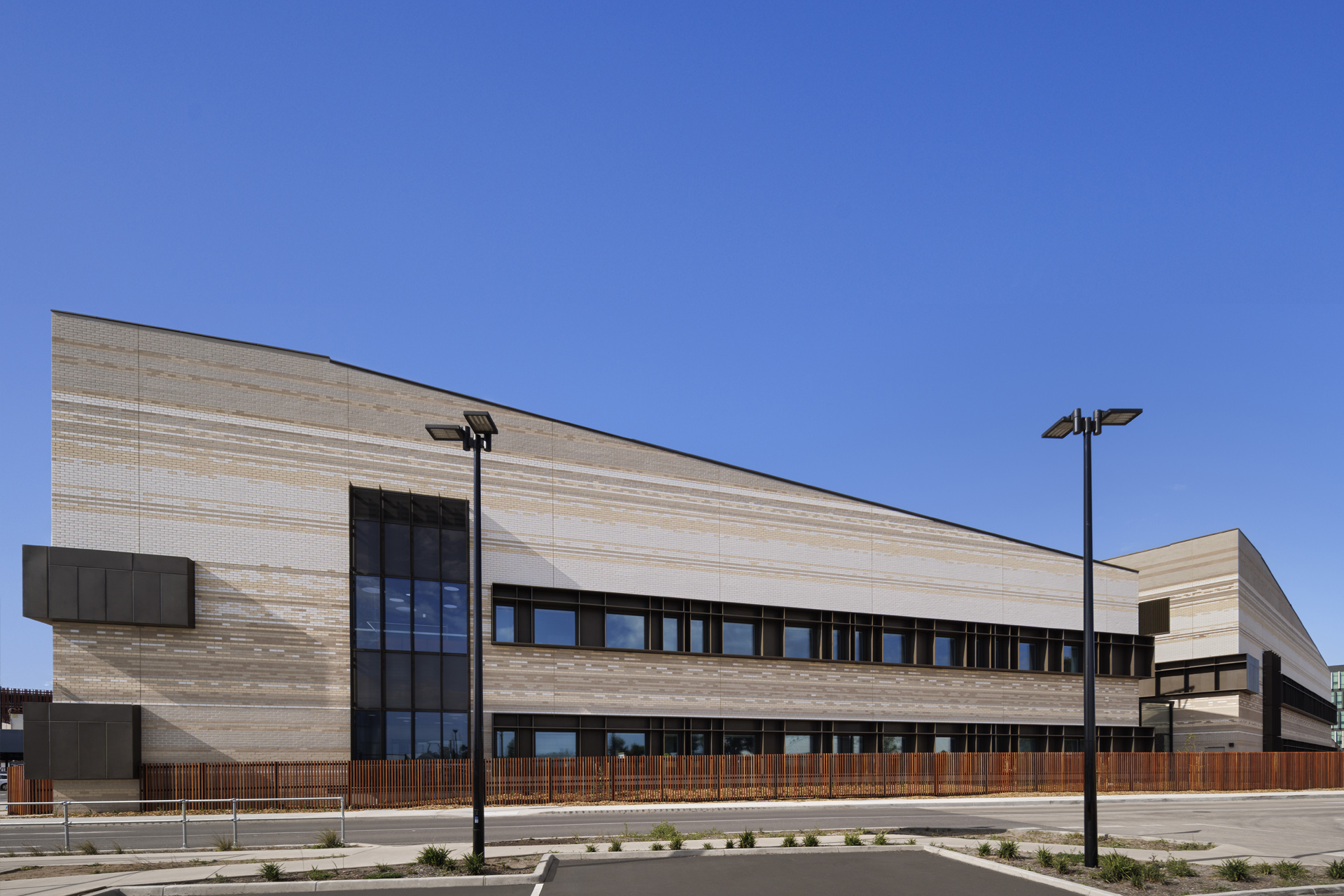Few projects can claim to change the DNA of a city, but the recently completed Commercial Bay development in the heart of Auckland’s CBD has achieved this. The new development brings transport, retail, food and hospitality, commercial activities and a hotel together as integrated parts of the precinct, successfully building on and knitting together a confluence of previously separated and disorganized activities.
The growth of Auckland over the last ten years had brought this site into sharp focus, with the City pressing for a more urbane resolution of the multi-modal transport hub of ferry, rail and bus services and a solution which would embrace the harbourfront location.
The client, Precinct Property Group, commissioned a collaborative team to undertake this once in a century city-making opportunity. The project was designed by Warren and Mahoney in association with NH Architecture and Woods Bagot. It was a true collaboration of creative minds bringing their best to the project.
NH’s master planning instilled the project with the guiding value of the architecture of the public experience, underpinned by a series of key objectives:
1 Be outward looking
2 Go beyond simple place making
3 Penetrate and reorder the site with primacy given to the public realm
4 Re-establish and enable key connections
5 Adopt a “long-life, loose-fit” approach
The project works hard to deploy number of strategies that are not immediately obvious, but fundamentally important. These include the mixing of previously separated domains – for example commercial lobbies are positioned off the ground level creating a “top down” circulation pattern, whereby people working in the tower engage more actively in the public domain. This increases cross-over and permeability between what have traditionally been seen as private and public zones.

The topography of the site has also been employed to effectively create two ground planes, thereby intensifying the public experience by the creation of multi-level circulation. The most significant departure from earlier convention is the insertion into the site of a central six metre wide, three level laneway, which in turn is intersected by two laneways coupling into the principal space. These manoeuvres work to heighten the public experience, allowing the compact site to operate in a rich, almost theatrical manner. The site’s virtues are enhanced with access to light and air, the celebration of outlook, and and invitation of the sky and viewing of the daily weather patterns into the building. The enjoyment of these all enhance the human experience within the building.
The podium houses a rich and varied palette of high-end retail, services and an extensive food and beverage offering. It is about more than just commerce, instead about creating a hub where people meet, gather, linger and return.
The project’s catalytic effect on the surrounding area has sparked further development in the area with the facilitation and funding of the Waterfront Park. This has completely embraced the neighbouring Quay Street upgrade where people were prioritised over cars in the placemaking agenda. Queen Street has been remade as a civic centrepiece with the extension of the underground rail below Commercial Bay to facilitate a more dignified connection of multiple transport modes.
Commercial Bay has become a significant urban and architectural initiative with an important city-wide agenda. It is generous and rich in its gestures, connecting disparate pieces together in a way that reflects the texture of Auckland in all its multicultural colour and character.




